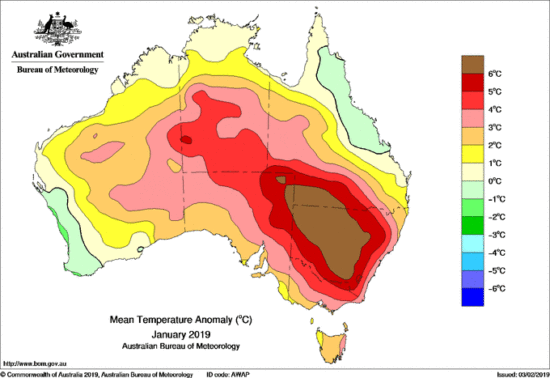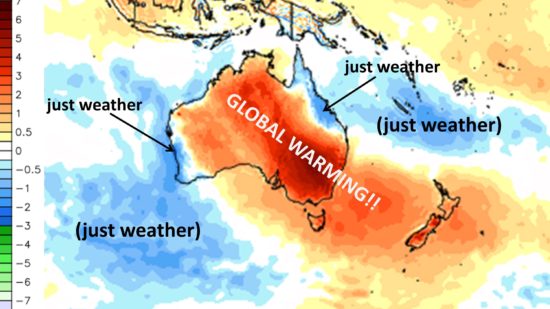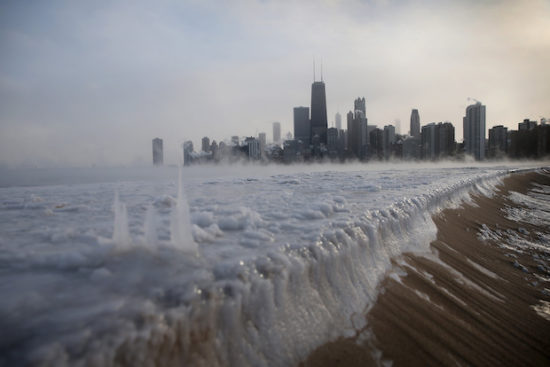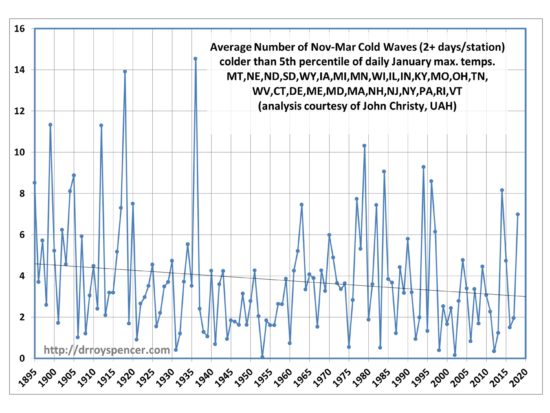Posted Sunday 24th February Night:
Due to F-5 moving East, and interacting with Easterly Moist winds, heavy thunder showers likely in Kolkata on Monday and Tuesday (50-70 mms). Very Heavy thunder showers in some parts likely on Monday.
With Western Disturbance F-5 moving away, we see another Back -to- Back WD coming in approaching our Sub Continent again (F-6) from 25th.
Into Pakistan , F-6 will cover most of the Northern Regions and have precipitations down South till Sindh.
Karachi will get showers and light rains on Monday 25th and Tuesday 26th.
F-6 moves into India on the 26th, with good rains /snow in Kashmir, H.P. and Uttarakhand. Rains likely in the plains of NW India. On 26th, rains with hails, will occur in Punjab, Haryana, North Rajasthan, Delhi, West U.P. and Northern M.P.
Cool NW winds blowing across Saurashtra will bring cooler weather to Gujarat on Tuesday and Wednesday.
New Delhi will get showers , heavy in some parts, upto 10 mms, on Tuesday and some showers on Wednesday. Tuesday/Wednesday days will be cool around 19c. Nights will drop to 7-9c.
Jabalpur: Light rains likely on 27th Wednesday.
Mumbai: Saw the warm weekend with the maximum on Saturday and Sunday at 35c. Likely to start getting to 32c on Monday and pleasantly cool with below 30c temps in the day on Tuesday 26th and Wednesday 27th. Nights around 13-15c on 25th/26th. Windy evenings these two days.
Pune: Again, after a warm Saturday/Sunday recording 36c, Pune will start cooling down from Monday 25th. Tuesday/Wednesday will be cool, with minimum going down to 9-11c.
Another Back to Back Western Disturbance, F-7, approaches our Region on 28th February ( In North Pakistan) and 1st March into India.
Due to F-5 moving East, and interacting with Easterly Moist winds, heavy thunder showers likely in Kolkata on Monday and Tuesday (50-70 mms). Very Heavy thunder showers in some parts likely on Monday.
With Western Disturbance F-5 moving away, we see another Back -to- Back WD coming in approaching our Sub Continent again (F-6) from 25th.
Into Pakistan , F-6 will cover most of the Northern Regions and have precipitations down South till Sindh.
Karachi will get showers and light rains on Monday 25th and Tuesday 26th.
F-6 moves into India on the 26th, with good rains /snow in Kashmir, H.P. and Uttarakhand. Rains likely in the plains of NW India. On 26th, rains with hails, will occur in Punjab, Haryana, North Rajasthan, Delhi, West U.P. and Northern M.P.
Cool NW winds blowing across Saurashtra will bring cooler weather to Gujarat on Tuesday and Wednesday.
New Delhi will get showers , heavy in some parts, upto 10 mms, on Tuesday and some showers on Wednesday. Tuesday/Wednesday days will be cool around 19c. Nights will drop to 7-9c.
Jabalpur: Light rains likely on 27th Wednesday.
Mumbai: Saw the warm weekend with the maximum on Saturday and Sunday at 35c. Likely to start getting to 32c on Monday and pleasantly cool with below 30c temps in the day on Tuesday 26th and Wednesday 27th. Nights around 13-15c on 25th/26th. Windy evenings these two days.
Pune: Again, after a warm Saturday/Sunday recording 36c, Pune will start cooling down from Monday 25th. Tuesday/Wednesday will be cool, with minimum going down to 9-11c.
Another Back to Back Western Disturbance, F-7, approaches our Region on 28th February ( In North Pakistan) and 1st March into India.













